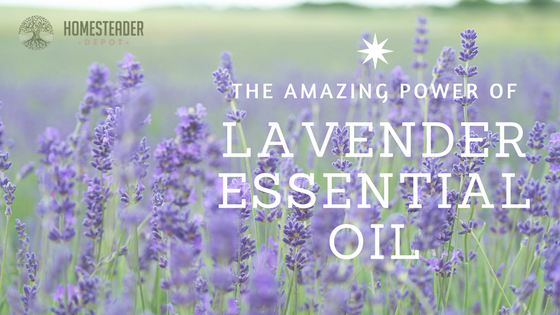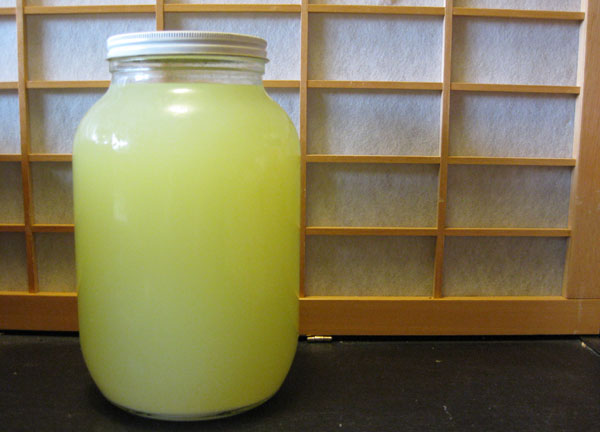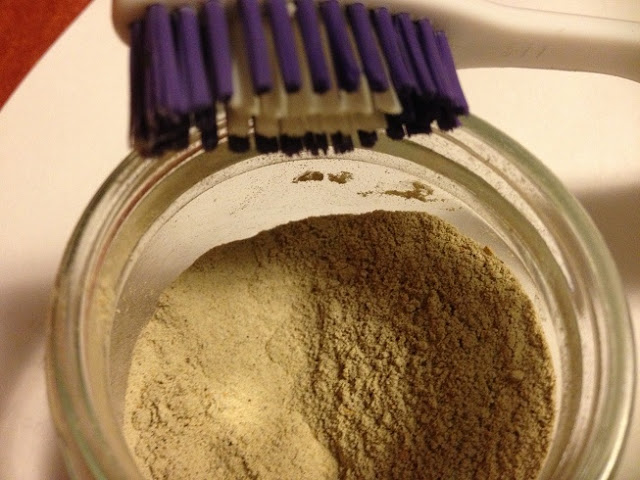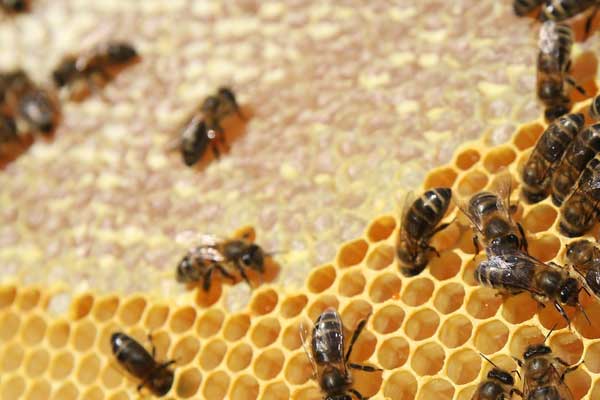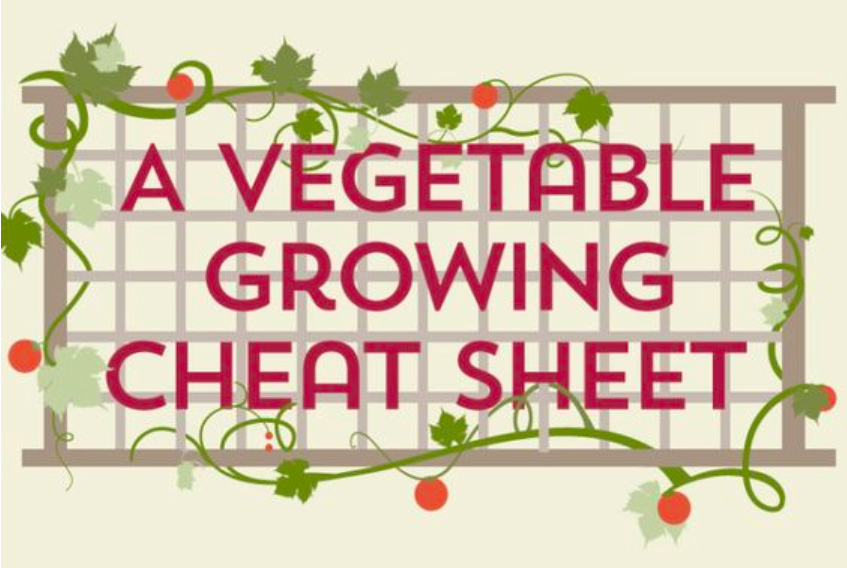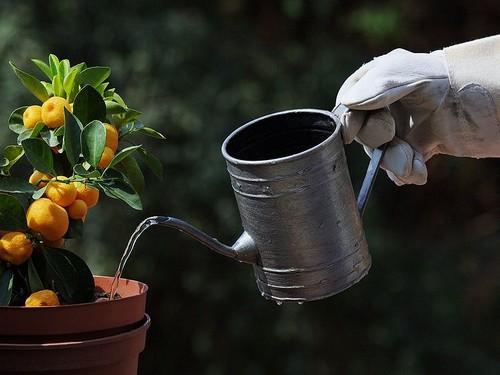The Amazing Power of Lavender Essential Oil
Essential oils are amazing. They’re a super natural and effective way to treat a multitude of health issues and even clean and sanitize your home, and they can be used to replace a ton of different OTC meds and chemical cleaners and solutions. But if I had to pick one essential oil to be stranded … Read more

